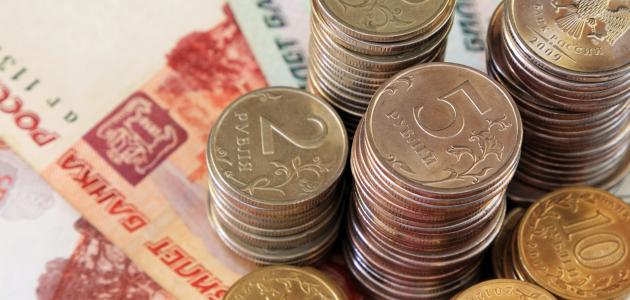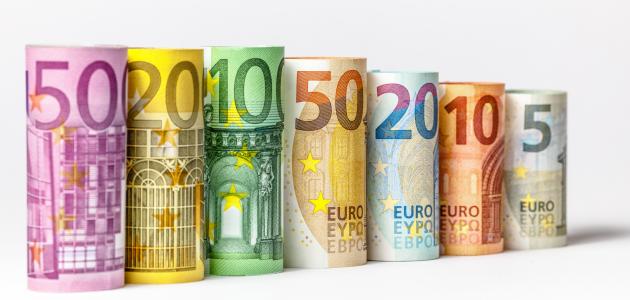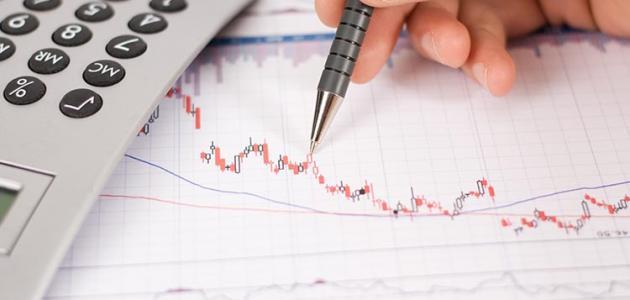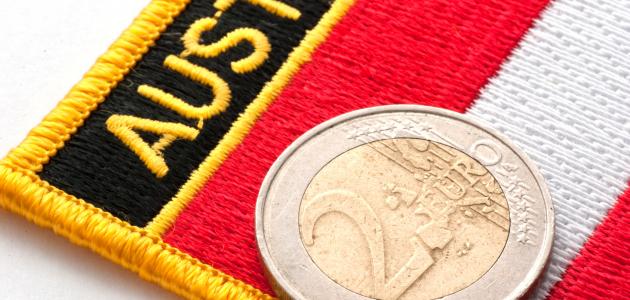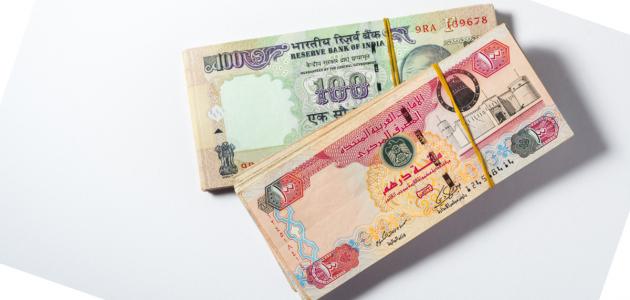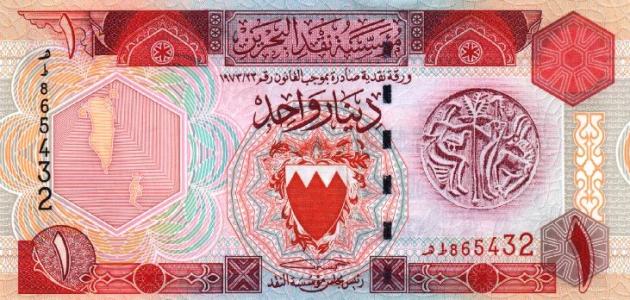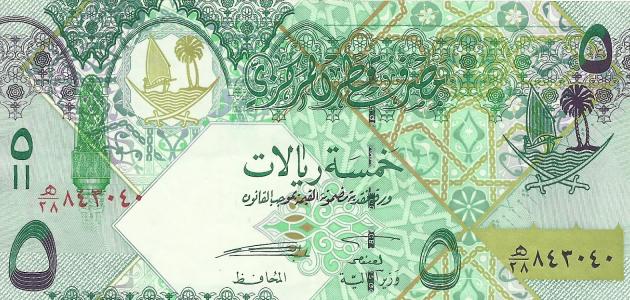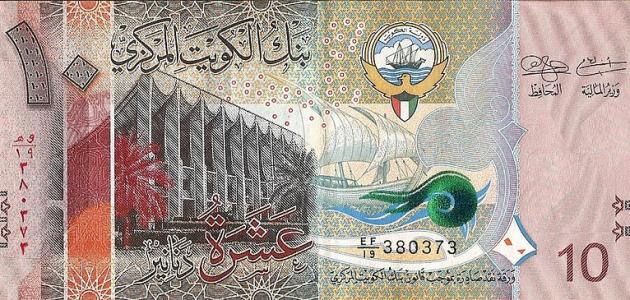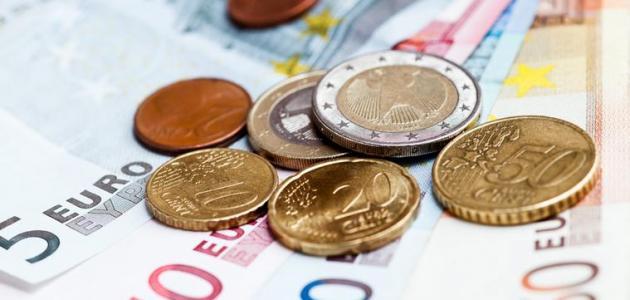روسيا
Russia is the second largest country in the world, officially known as the Federal Republic of Russia, and its geographical area combines the two continents of Europe and Asia. The twentieth century AD was one of the most important and largest countries belonging to the Soviet Union before the end of its existence, and the Russian government was keen to put in place a set of development plans that contributed to the formulation of many political and economic laws, which led to the rise of Russian society.
Russia currency
The Russian ruble is considered the currency in circulation in the Russian Federation, and in the nineties of the twentieth century AD it was suffering from a state of financial instability; Because of the political events that affected Russia at that time, but at the beginning of the twenty-first century AD, specifically in the year 2000 AD, the ruble currency began to witness remarkable development and stability. The current exchange rate for the ruble currency reaches 61,20 against the dollar, while against the euro, the exchange rate reaches 65,14. The value of special prices for basic materials varies in the Russian domestic market; This depends on the Russian regions, and the nature of their dealings with the ruble currency.
economic sector
After the collapse of the Soviet Union in the nineties of the twentieth century, the Russian Federation moved from the communist central economy to a free economy, which relied mainly on the open market economy; As Russia suffered during that period an economic crisis, and the decision to move was an attempt to address this crisis, which negatively affected the value of the ruble and led to a decline in the exchange rate of the currency in 1998 AD.
Read also:What is the currency of the republic of vietnamIn 1999 AD, Russia was keen to depend on exports to other countries, which contributed to the growth of its export rate to 7%. The time period from 2008 AD to the present time, the Russian economy suffers from clear inflation that affected the exchange rate of its currency, especially with the economic and political sanctions imposed on it.
The Russian economy generally relies on many natural resources that contribute to providing support for the ruble currency in order to maintain its stability in the foreign exchange market. As oil, natural gas, iron, and other minerals are among the most important Russian exports to the countries of the world, which has led to the Russian economy maintaining near economic stability, with many political and regional factors affecting the private monetary policy in the ruble currency since 2014 AD until this time. .
Population density
Based on the population statistics in Russia, the approximate number of the population reaches 142 people. As for the ethnic distribution of the population, the Russians constitute the largest percentage, while the remaining groups in the Russian society are immigrants from European and Asian countries. Orthodox Christianity is the most prevalent religion in Russia, Islam also spreads by 355% among the population, and education constitutes 415% of the gross domestic product, while the educated in Russia reach 15% of the total population.
Read also:What is the currency of Cambodia?the language
The Russian language is considered the official language of the Russian people, and it belongs to the group of eastern languages, namely the Ukrainian language, the Belarusian language, and some vocabulary in the Russian language is associated with other European languages, including the Polish language, the Czech language, the Serbian language, and the Bulgarian language, and the Russian language is similar With all the international languages in terms of the phonetic tones of the letters, and the formulation of their sentences from a group of pronouns, verbs, and nouns, and it is also possible to conjugate their verbs according to the past, present, and future tenses, as for the origin of the Russian language, it goes back to the Slavic language; Studies indicate that the emergence of the Russian language was in the eleventh century AD.
General knowledge
The general culture in Russia is considered a mixture between European and popular culture, and Russian cuisine is characterized by many types of food, especially what depends on vegetables, bread, dairy, and others. There are many theaters and museums in Russia that contribute to conveying an image of the ancient Russian culture. Russia contains 660 museums, the most famous of which are the Museum of Russian History located in the capital, Moscow, and the Art Museum in St. Petersburg. Russia also contains approximately 62 thousand libraries. Most of them are public libraries or specialized in specific subjects, such as science, politics, and economics.
geographical features
In the past, rural areas were the most widespread geographical features in Russia, specifically in the nineteenth century AD; As the majority of the population used to live in the countryside, and work within green agricultural areas, or in industrial and commercial businesses, but nowadays urban areas have become the most prosperous and developed, especially with the developments that Russia has witnessed since the twentieth century AD until now.
Read also:The first country to use moneyThe Russian capital, Moscow, is located on the western side of the Russian plain, and also a group of hills of various heights spread on its land, while other Russian cities and regions are located on flat plains, and there are some of them near water bodies, and various mountains and heights are part of the landmarks The special geography in the various Russian regions between the two continents of Asia and Europe, which led to the emergence of this clear difference in the geographical components of Russia.
the climate
The Russian climate is considered variable due to the geographical diversity in the Russian lands, and the summer season is often considered one of the shortest seasons in Russia; Because the winter season is the most affecting most of the Russian regions. Snow usually falls in October, and continues until April, and the temperature in the winter may reach less than 40 degrees Celsius below zero.
